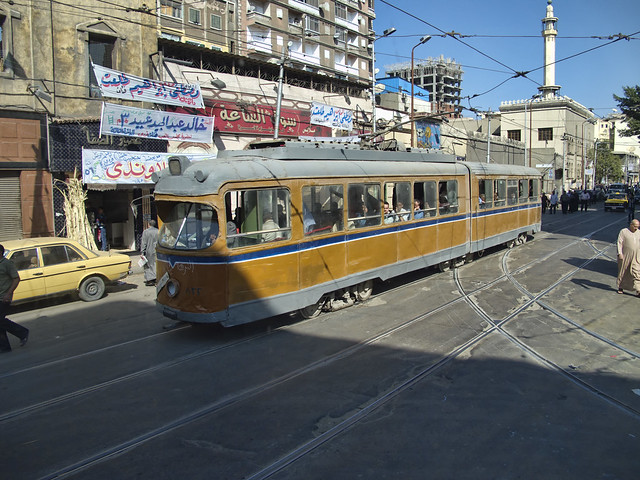By Bakr Hashem Paumey Ahmed Alashwal
The urban transformation processes in its framework and its general significance became a fundamental and vital subject of consideration for both the developed and the developing societies. It has become important to regulate the architectural systems adopted by the city, to sustain the present development on one hand, and on the other hand, to facilitate its future growth.
Thus, the study dealt with the phenomenon of urban transformation of the Mediterranean cities, and the city of Alexandria in particular, because of its significant historical and cultural legacy, its historical architecture and its contemporary urbanization.
This article investigates the entirety of cities in the Mediterranean region through the analysis of the relationship between inflation and growth of these cities and the extent of the complexity of the city barriers. We hope to analyze not only the internal transformations, but the external relationships (both imperial and post-colonial) that have shaped Alexandria city growth from the nineteenth century until today.
Thus, the study dealt with the phenomenon of urban transformation of the Mediterranean cities, and the city of Alexandria in particular, because of its significant historical and cultural legacy, its historical architecture and its contemporary urbanization.
This article investigates the entirety of cities in the Mediterranean region through the analysis of the relationship between inflation and growth of these cities and the extent of the complexity of the city barriers. We hope to analyze not only the internal transformations, but the external relationships (both imperial and post-colonial) that have shaped Alexandria city growth from the nineteenth century until today.
More about urban cities of the Middle East:

No comments:
Post a Comment